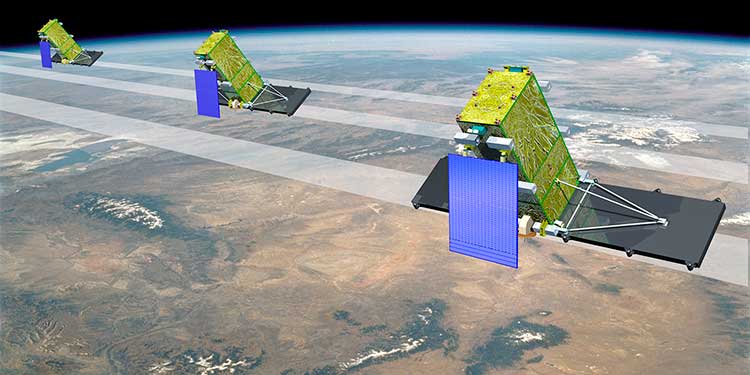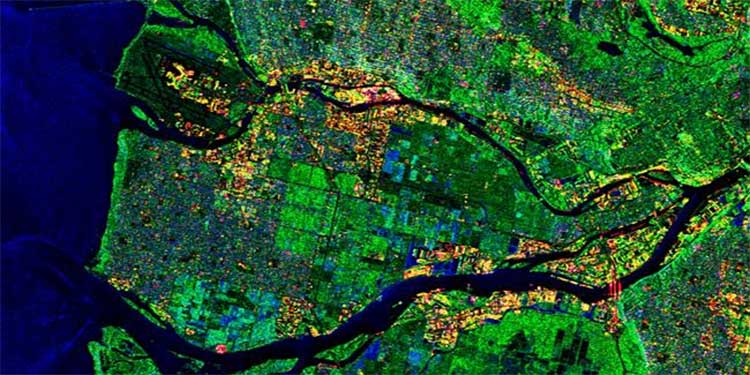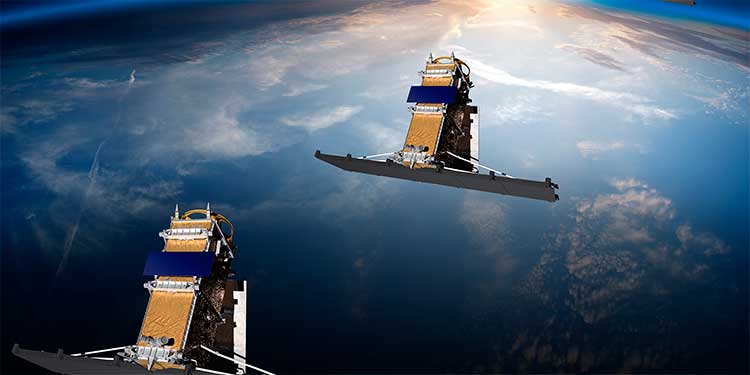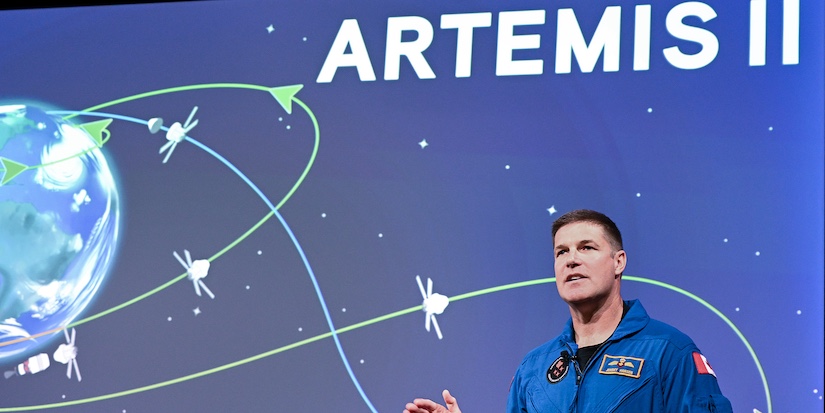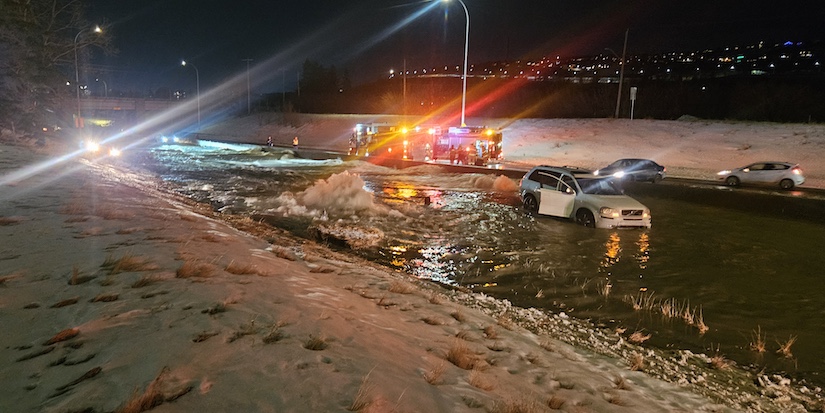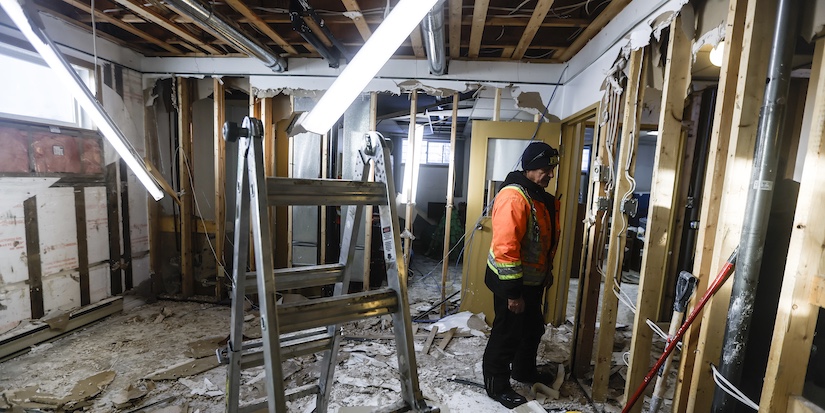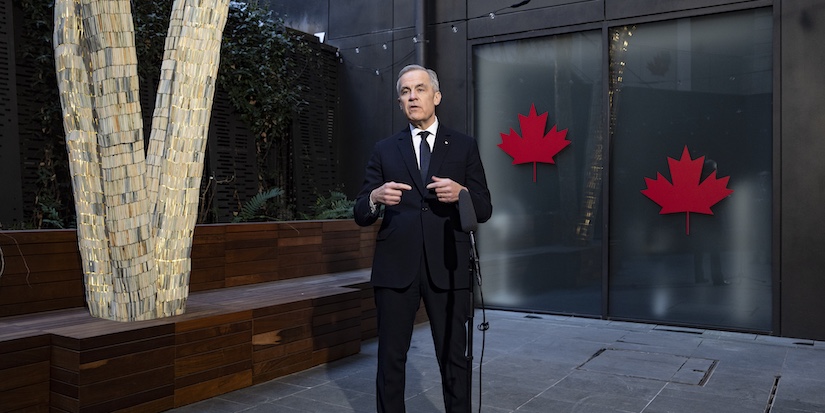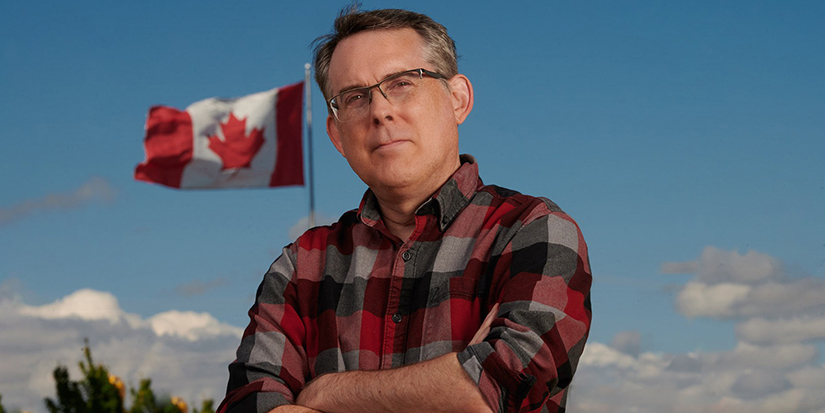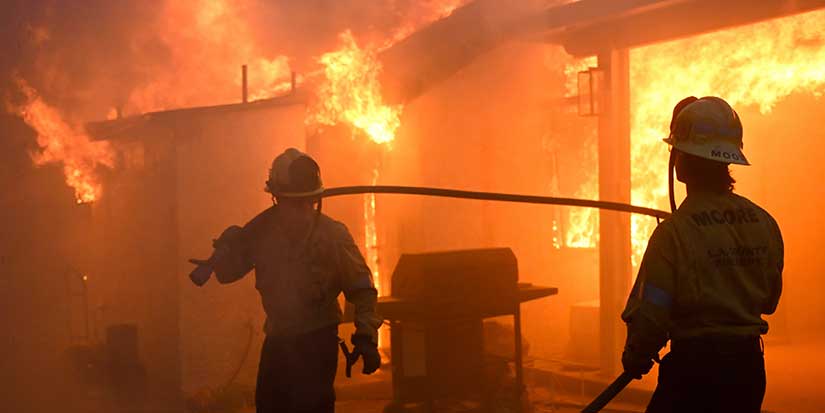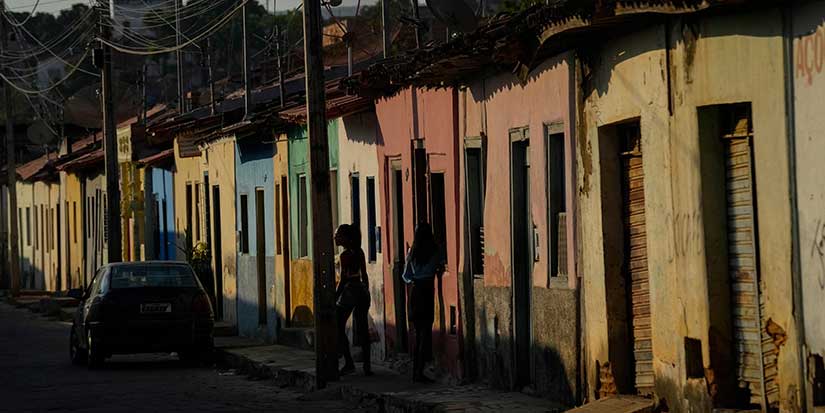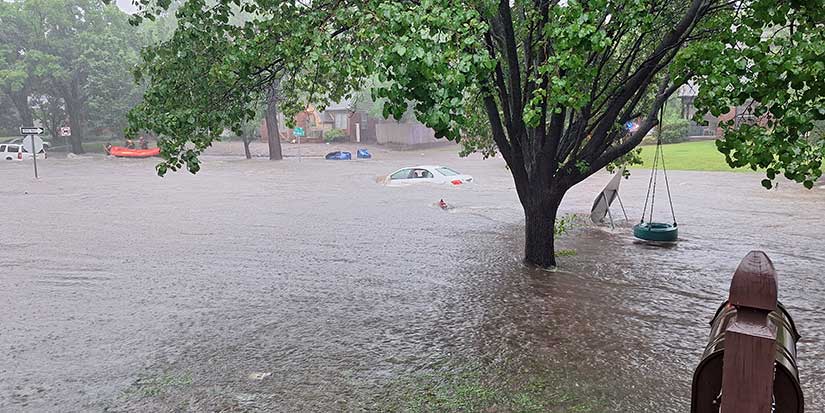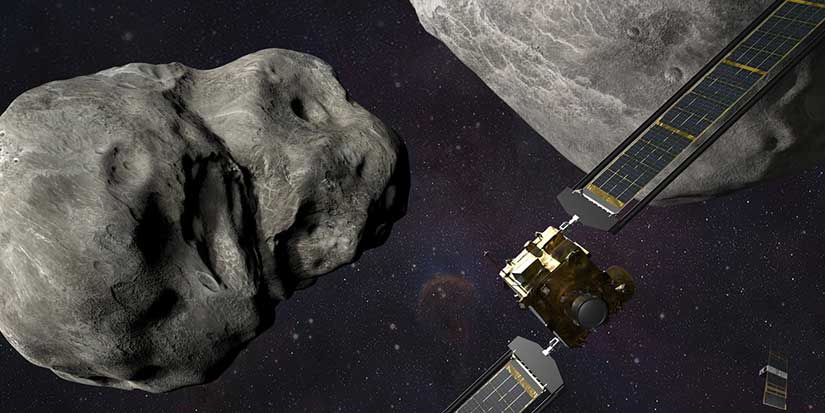Latest News
MDA’s technology would have saved the Titanic
With a roar of flame and blasting sound, the RADARSAT Constellation Mission successfully launched June 12. This Canadian Space Agency array of three radar satellites created, designed and built by Richmond’s MDA, will circle the globe daily with special attention played to the Canadian Arctic.
With a roar of flame and blasting
sound, the RADARSAT Constellation Mission successfully launched June 12. This
Canadian Space Agency array of three radar satellites created, designed and
built by Richmond’s MDA, will circle the globe daily with special attention
played to the Canadian Arctic.
“It’s exciting, a historic moment
for Canada. I feel a lot of pride being part of it, ”says MDA president Mike
Greenley.
He says the culmination of this
15-year project now “gives Canada the ability to monitor over 90 per cent of
earth’s surface at least once a day.”
We use satellites in everyday
life. Greenley says that every time we use our phones to navigate, to find a
friend or a nearby store, we are using satellite information. In fact, he says,
data from low earth orbit adds quality to our lives everyday in many unseen
ways.
Naming just one aspect of these
new satellites’ information, he says, “Ice floes are changing all the time. RADARSAT
data is used for tracking pack ice and in providing navigation data for ships
at sea.”
Able to spot objects the size of
a small shipping container, had RADARSAT Constellation’s information been
available to the Titanic, the luxury ship could have steered around both the
deadly iceberg and the entire ice field it was steaming towards. Not knowing
where the icebergs were cost 1,517 people their lives.
Hoping to save Canadian and
international shipping from a similar fate, the three satellites cut a wide
swath, orbiting in tandem to send information back to the main ground station
in Inuvik, Northwest Territories, along with receiving stations in Prince
Albert SK, and Gatineau PQ. From there, data is disseminated around the world.
Not only for spotting ships and
icebergs, the RADARSAT constellation also keeps an eye on agriculture and
disasters.
With computer scientists able to
massage the data to show before and after pictures superimposed, searchers can
find inundated villages, plan escape routes and guide post-disaster aid.
“Earth observation satellites
like (these) are all used for daily imaging of the earth and to be able to make
calculations and detect and track change in the earth’s surface,” says
Greenley.
Now that countries with no land
in the arctic are claiming sovereignty, these satellites can monitor ships in
Canadian waters without having to confront them directly.
Durable hardware and electronics
in space are nothing new to Canadians. The Canadarm, also an MDA project, was
first tested on the space shuttle in 1981. The remote manipulator, Canadarm 2,
on the International Space Station continues to function well 18 years after
its first installation.
So too the RADARSAT program.
Launched 24 years ago, “RADARSAT-1
is no longer operational. It had a design life of five years. It lasted 17
years and worked well. MDA’s RADARSAT-2 is currently operational. It had a
design life of seven years and we are now five years past that and it continues
to operate very well. All measurements and diagnostics suggest many more years
of solid operational service,” says Greenley.
Offering six times the
information of MDA’s RADARSAT-2, and with greater finesse, this set of three
leading edge satellites can warn of impending environmental disasters as well.
“We can detect millimetre to
centimetre level changes in the earth’s elevation,” he says.
Greenley says it supports a
number of tasks including tracking changes to permafrost, the frozen base of
arctic land upon which many things rely. Climate change is wreaking havoc upon
the artic and the peoples living there.
“The arctic has a high revisit
rate for this RADARSAT constellation. It gives us the ability to image activity
in the arctic ice and permafrost which is a key activity on the environmental
side of radar satellites.”
Also on the environmental side,
Greenley says the satellites will be able to see and find sources of illegal
dumping as well as illegal ships.
“They allow us to take large
swaths of ocean and detect ships. The radar used on ships, we can detect. We
can also identify ships without beacons to investigate them further. We also
have the ability to track large size debris in the ocean. We can help diagnose
oil slicks and flows.”
The radar satellites also look to
the land for information on forests, agriculture, mining, exploration and
landslides.
The newest satellites also look
to be built to last, offering Canadians and the world, high tech data for years
to come.
Using radar instead of light
means images can be gathered at every hour of the day through any weather. Even
their launch took place on a foggy day, presaging their useful life in space.
Greenley sums it up: “This
extends Canada’s legacy in earth observation with our third generation of
RADARSAT.”
And with 125 firms contracted
over seven provinces to support MDA in this project, hundreds to thousands of
jobs have been created and sustained according to Greenley.
Of the launch, Greenley says, “It’s
a big moment. It’s a tremendous source of pride, to have all the people across
MDA and what they’ve accomplished, a Richmond-led program to design, build and
deliver.”
In 1969 John MacDonald and Vern
Dettwiler founded MacDonald, Dettwiler and Associates, now shortened to MDA, to
keep high tech jobs in Canada.
Speaking of today’s
Richmond-based company, Greenley says, “Certainly they succeeded. When John and
Vern created MDA 50 years ago, engineers in BC stayed in BC and Richmond. With
this launch, hundreds of employees at MDA, with the main project offices in
Richmond, it’s another testament to the success of their original plan.”
Richmond Mayor Malcolm Brodie
says, “Richmond is recognized as an international hub for aerospace technology,
with some of the world leaders in the industry based right here. MDA has long been at the forefront of
this field, which creates hundreds of local jobs and spurs significant
investment and spending here in Richmond.”
Local MLA Linda Reid says, “MDA
continues to lead the world and will always brighten the light where they
stand.”
Speaking of Dettwiler and
MacDonald’s original plan Greenley says, “They definitely overachieved in their
ability to create a company that retains and develops engineering talent in
Canada.”
